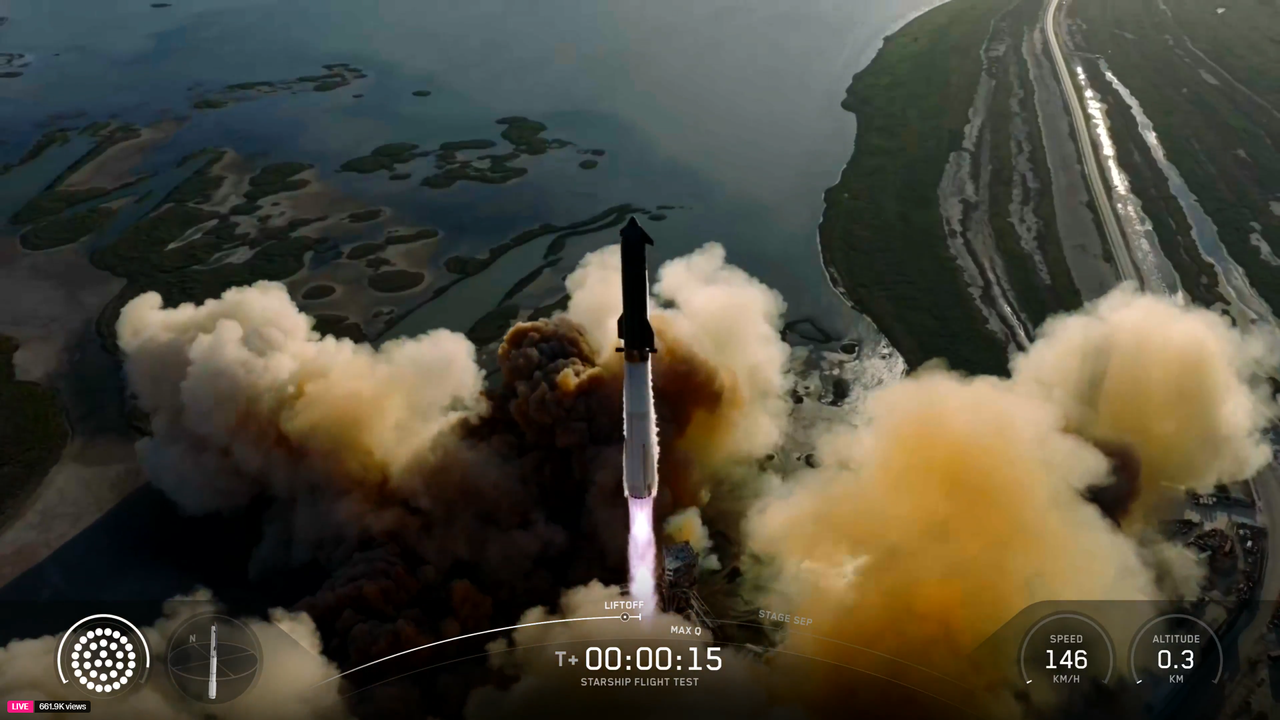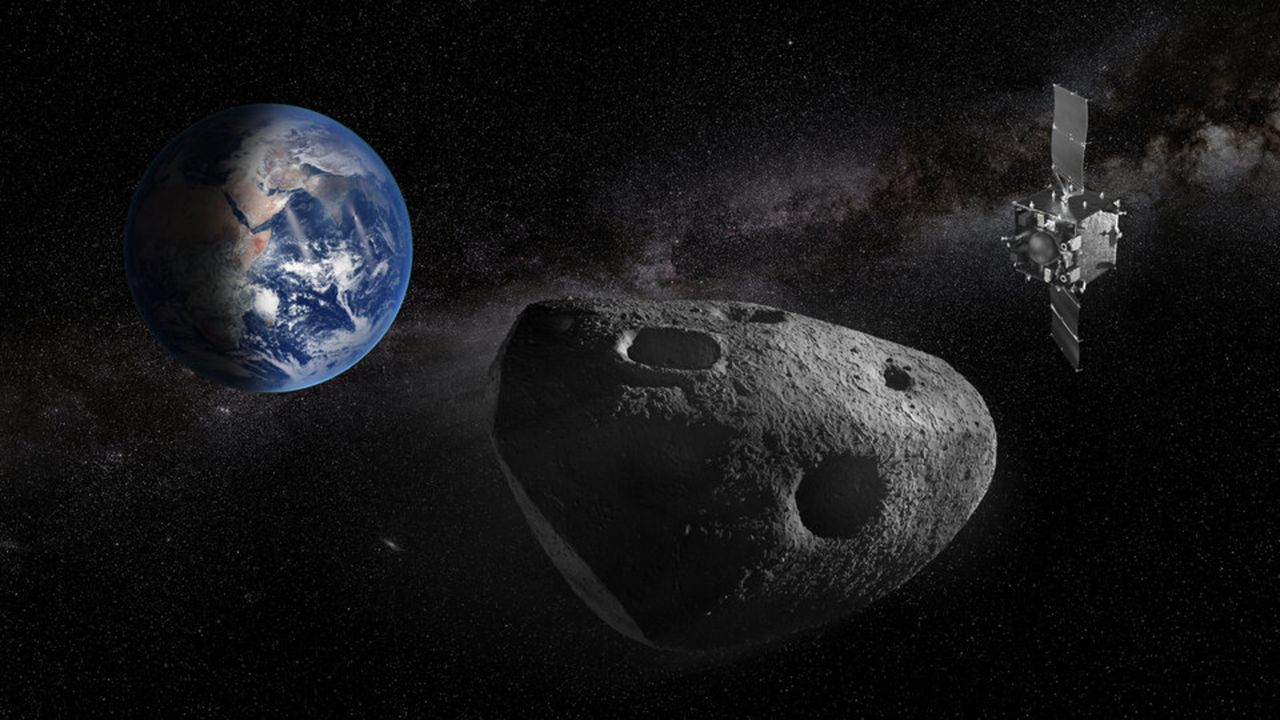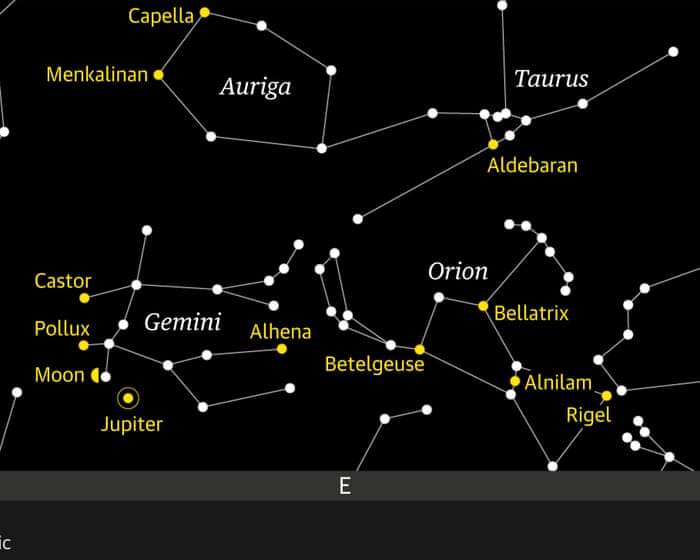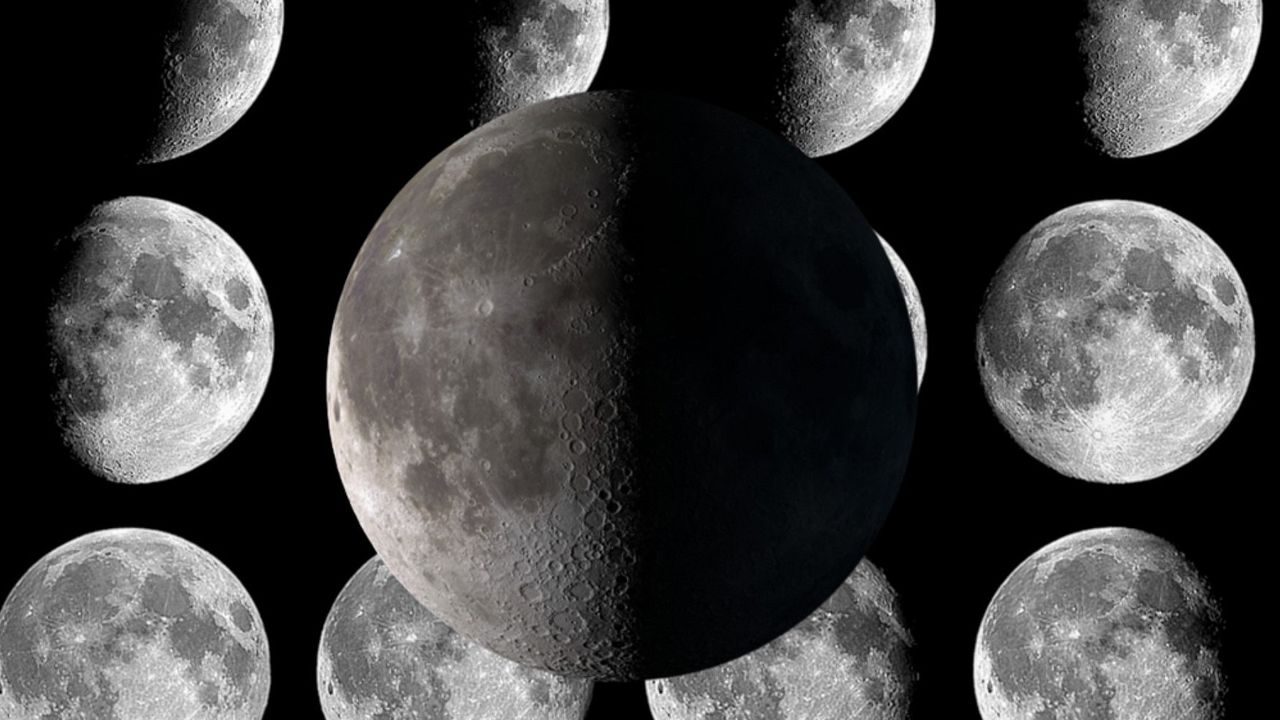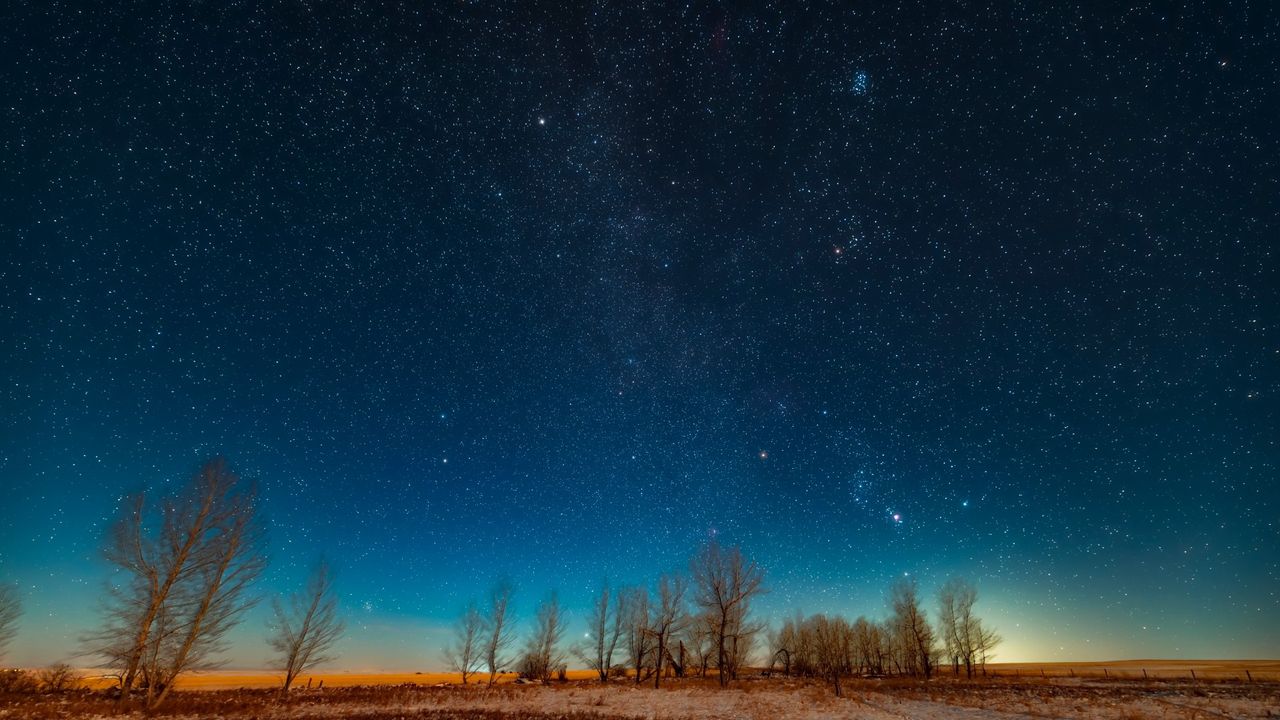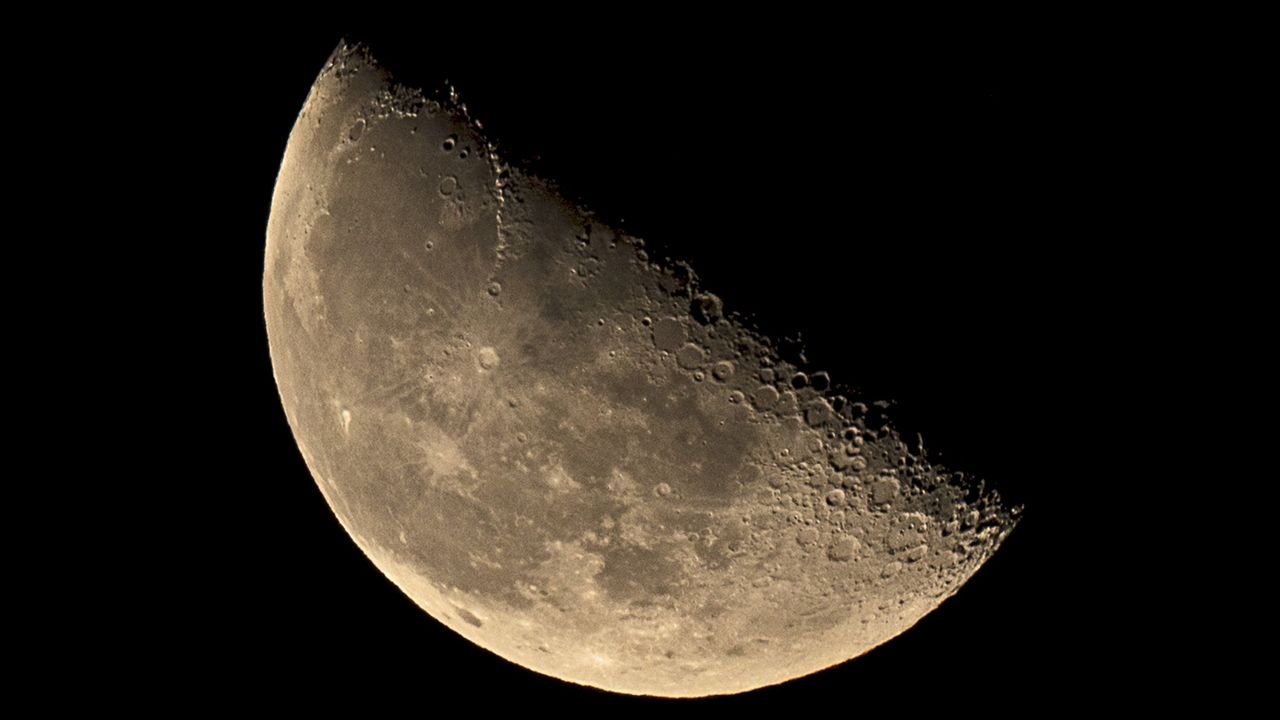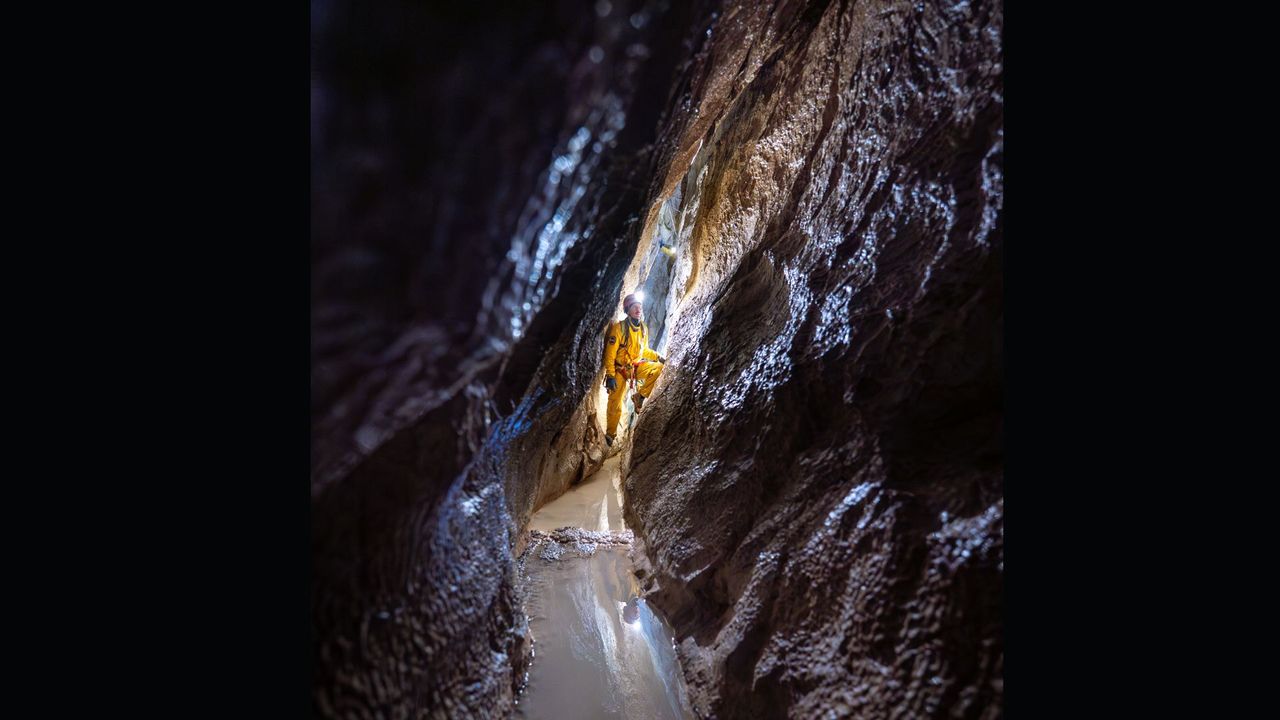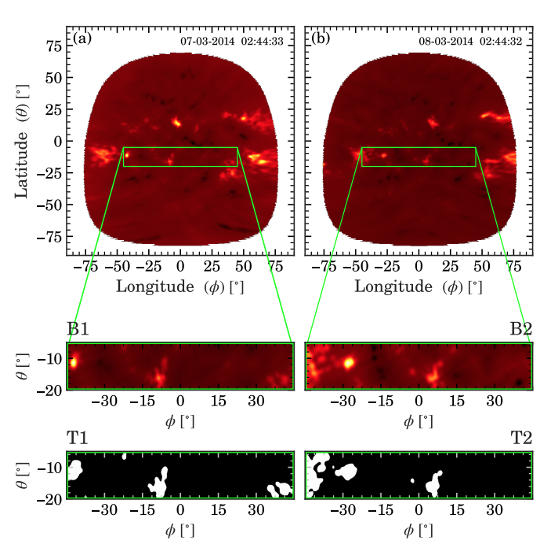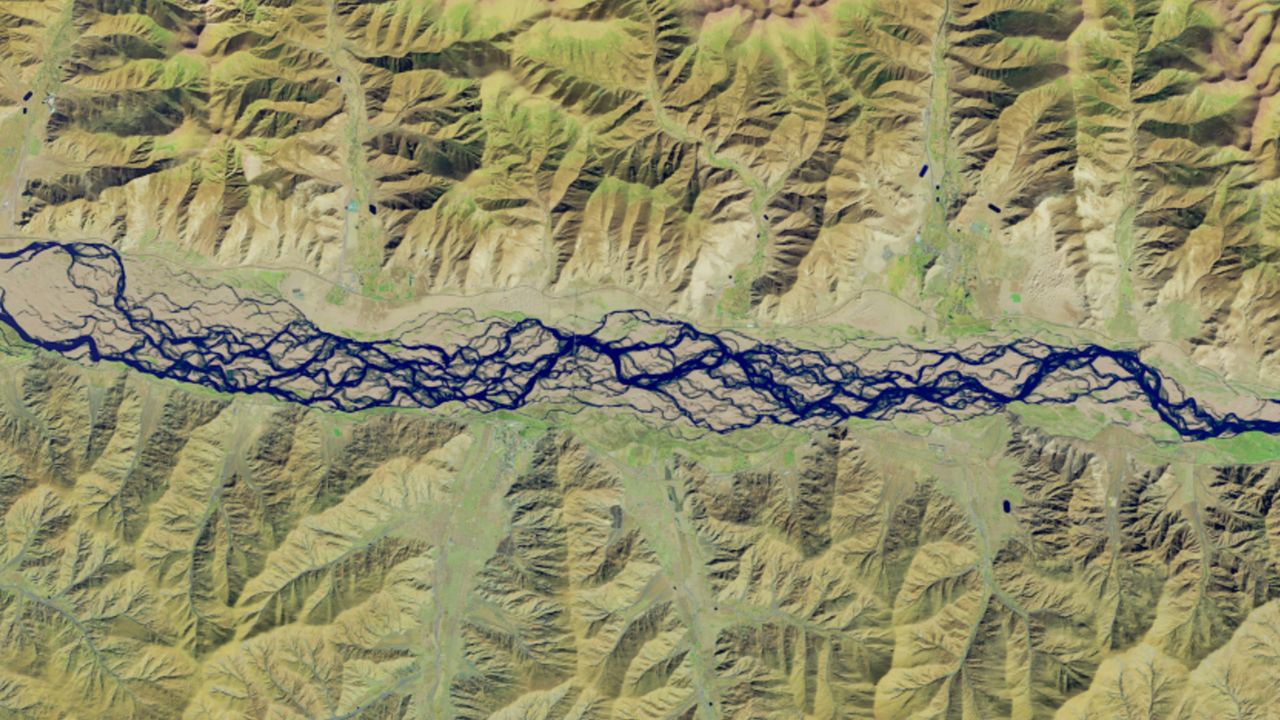Scientists open untouched Apollo 17 lunar samples from 1972 — they may hold clues about the moon's violent origins
PositiveScience
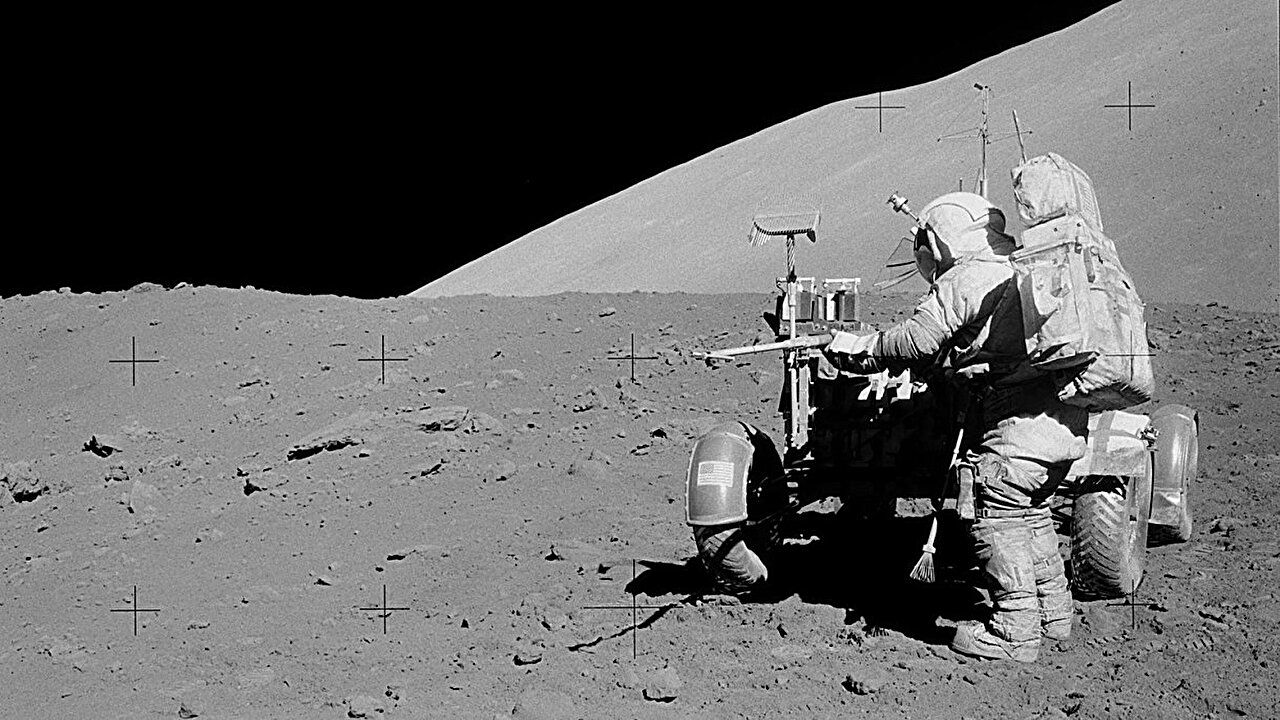
Scientists have recently opened untouched lunar samples from the Apollo 17 mission, which took place in 1972. These samples may provide crucial insights into the moon's origins and its violent history. Notably, the isotopic ratio of sulfur-33 found on the moon is different from that of Earth, raising intriguing questions about whether this sulfur originated from the impactor that formed the moon. This research could enhance our understanding of planetary formation and the early solar system, making it a significant development in lunar studies.
— Curated by the World Pulse Now AI Editorial System
